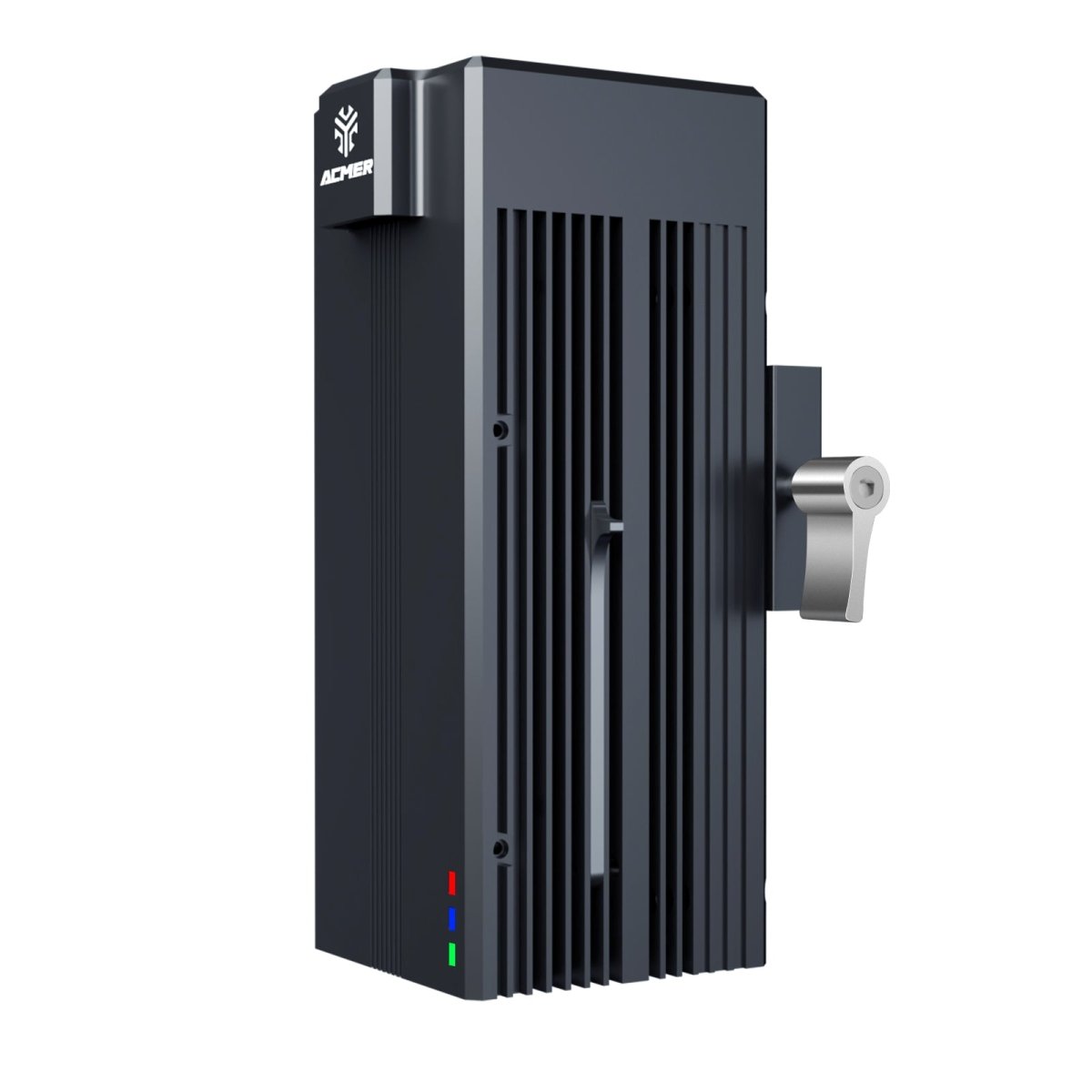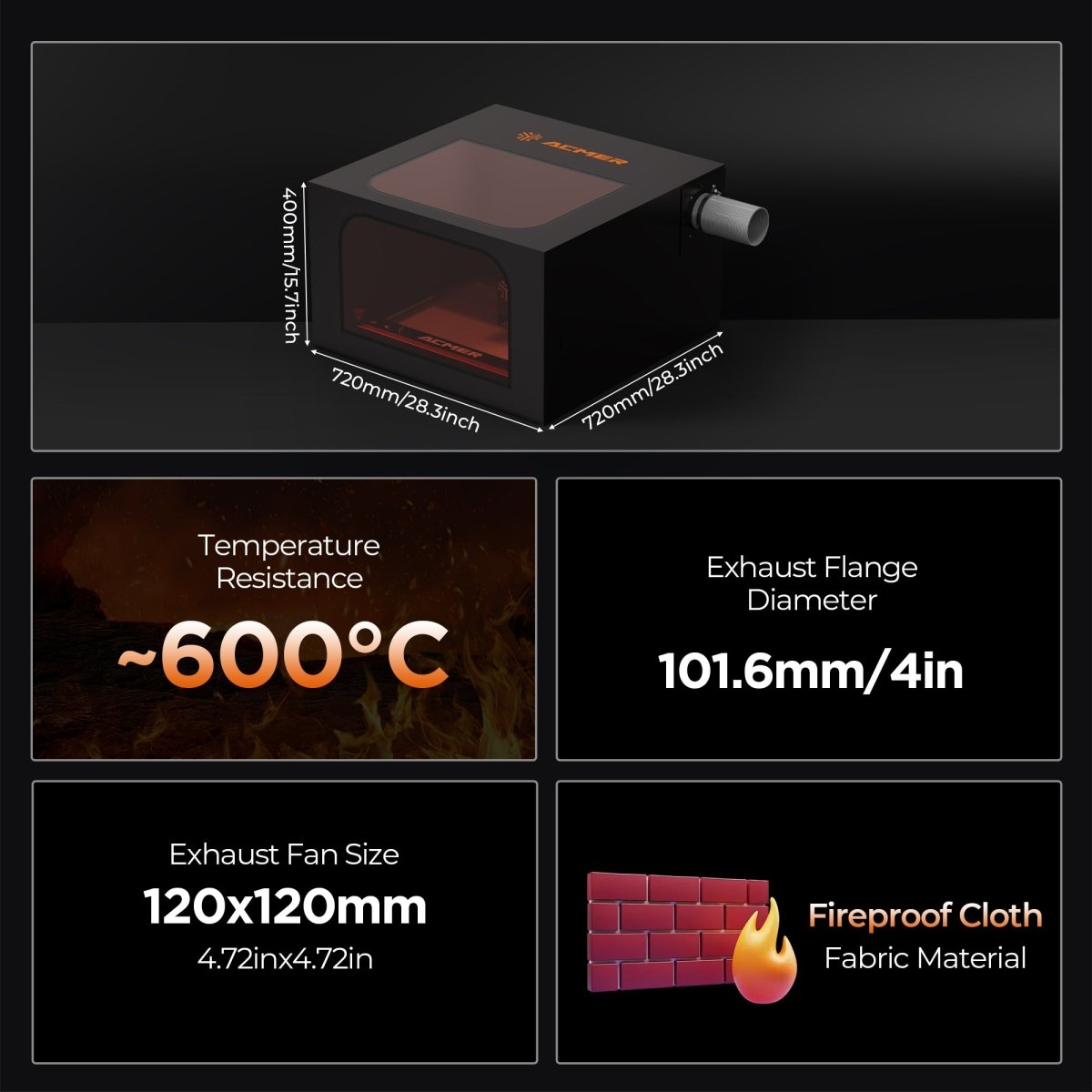Material Parameter Settings
ACMER Laser cutting and engraving machines can engrave and cut a very wide variety of materials. Setting the correct engraving and cutting parameters can help you do your job better and get a perfect work.
- P3 48w
- P3 2IN1
- P3 24w
- P3 2W IR
- P2 33w
- P2 20w
- P2 10w
- P1 10w
- P1 20w
- P1 S Pro 6w
- A2 1064nm
Tips for Optimal Laser Cutting and Engraving
1. Please note the above units of speed and power and convert them in Lightburn and LaserGRBL by yourself.
2. For some materials with low burning point, it is not recommended to set the cutting speed below 100mm/min, otherwise there may be a risk of burning!
3. Even for the same material, the effect will be different for different surface treatment or different colors, so you need to adjust the speed and power according to different objects. In addition, please adjust the focal length to the best, so that the focal length is minimal.
4. Can't engrave or cut directly: glossy metal plates, transparent materials, reflective materials, some white or translucent materials, etc. Then you need to blacken it with a marker to carve.
Settings Guide
The most common question in forums, especially on Facebook, is "What settings do I need for my project?" However, it's important to note that only you can answer that question. Each person has unique requirements and expectations for their desired result—whether it's brighter or darker. Additionally, every material and laser machine varies, even within the same batch. It's not uncommon to find discrepancies in performance, where one piece of plywood may work perfectly while another from the same package doesn't. These variations occur due to the nature of natural materials and differences in processing. Therefore, there are no universal settings that guarantee consistent results.
Speed and Performance Relationship
The speed at which the laser moves affects its performance. The more concentrated the power is on a point, the more material gets burned. This depends on the energy used per unit of time and area. When the laser moves faster, less energy is distributed over the same area per unit of time, resulting in proportional settings. For example, achieving 80% performance at 1000 mm/min should give a similar result as 40% performance at 500 mm/min. However, this guideline is not entirely accurate due to non-linear material reactions to energy.
When increasing speed reaches its limit, additional power won't compensate for it. In such cases, increasing the number of passes is necessary. This means the laser will go over each spot multiple times, resulting in deeper cuts or engravings.









